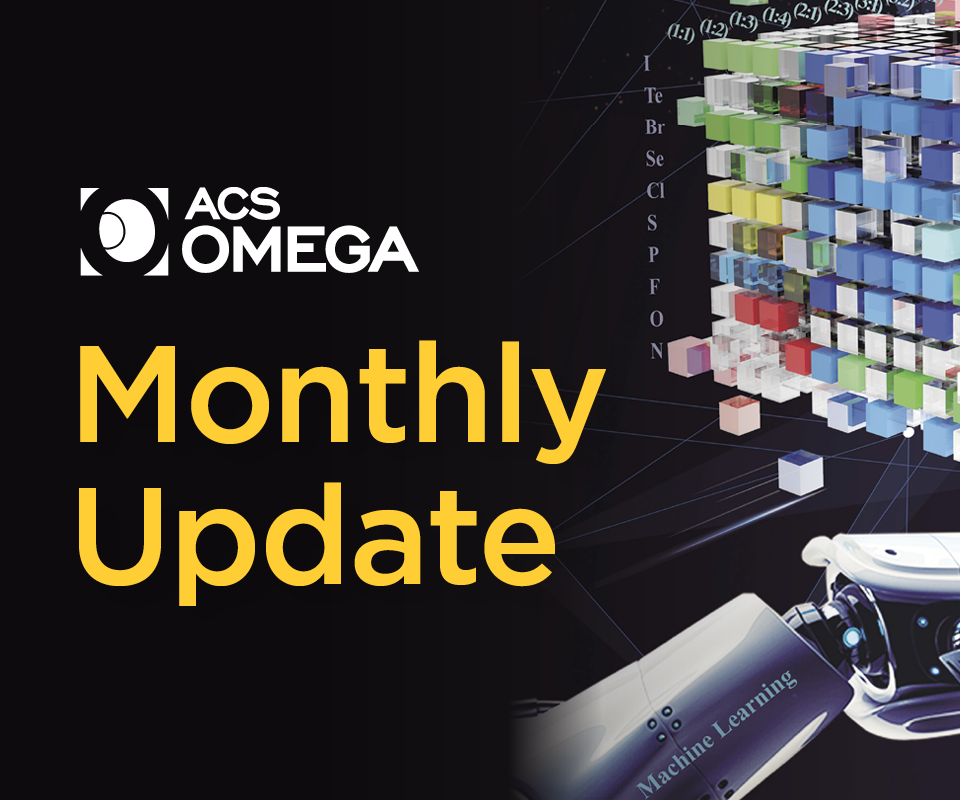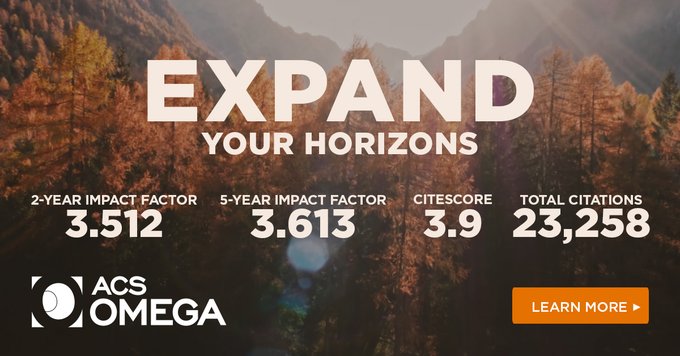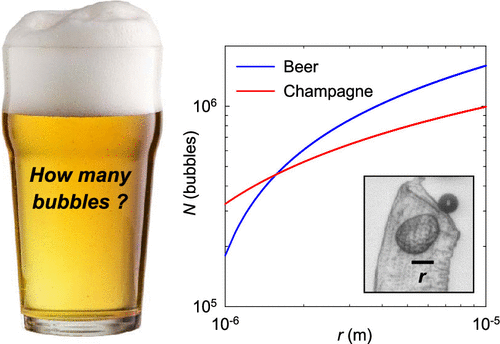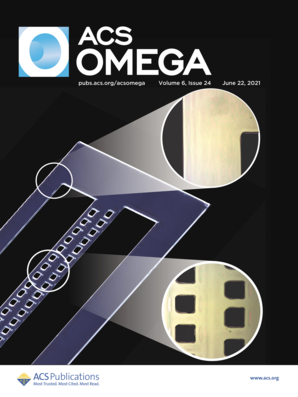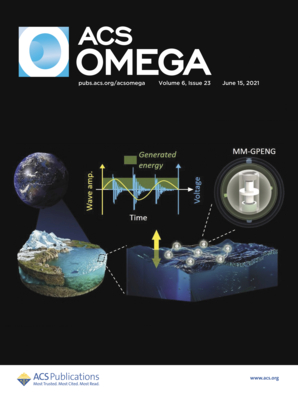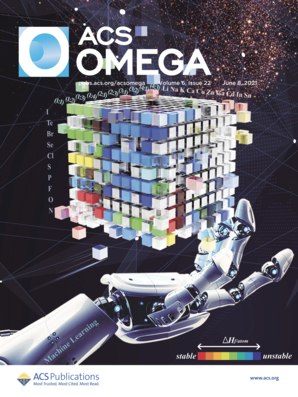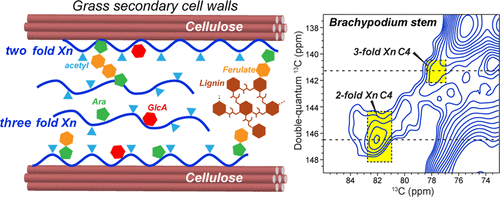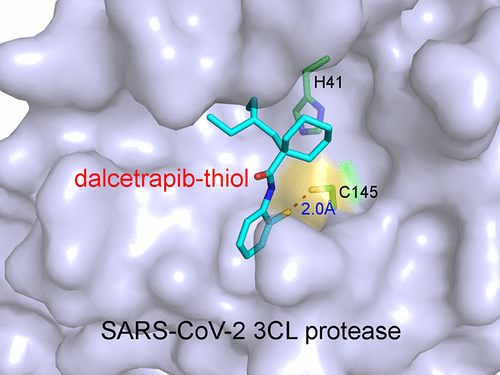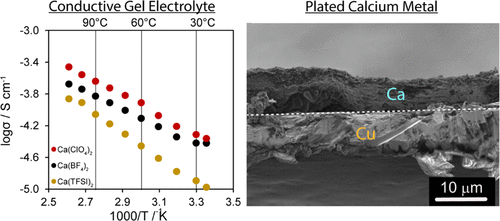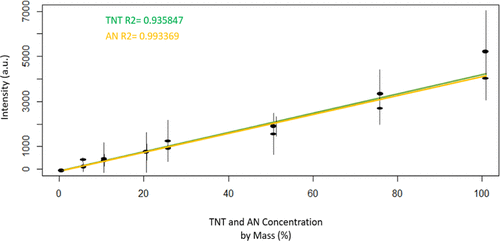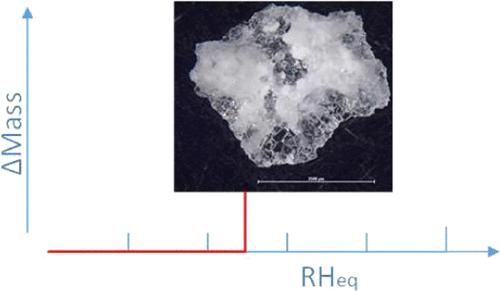June 2021
What's New
ACS Omega's Impact Factor rises to 3.512
The Journal Citation Reports were released on June 30, containing 2020 Journal Impact Factors and other citation-based performance metrics from the Web of Science Group (Clarivate). The Impact Factor of ACS Omega increased to 3.512, a 22.4% increase over its previous value. ACS Omega received 23,258 citations in 2020, more than double the previous year. Additionally, the journal's 5-year Impact Factor rose to 3.613. For further information, read ACS Publications Journals Reach New Heights in Latest Citation Data.
ACS Omega's latest Virtual Issue "Green Chemistry: A Framework for a Sustainable Future"
Published to coincide with the start of the 25th Annual Green Chemistry & Engineering Conference held between June 14-18, 2021, this Virtual Issue features a collection of recently published content drawn from ACS Omega and eight other ACS journals that highlight the progress, remaining challenges, and future research directions across the disciplines covered that will advance us towards a more sustainable world. The Virtual Issue is introduced by an Editorial, led by ACS Omega Associate Editor, Prof. Adelina Voutchkova-Kostal, in which the editors discuss the impact of the selected articles and comment on areas that require specific emphasis in order to facilitate such changes.
ACS Omega - In The News
What do carbon capture and beer bubbles have in common?
Understanding how bubbles form is vital to both producers and consumers of the world’s most popular alcoholic beverage.
Read more at Advanced Science News - https://www.advancedsciencenews.com/what-do-carbon-capture-and-beer-bubbles-have-in-common
Reference: Gérard Liger-Belair and Clara Cilindre, How Many CO2 Bubbles in a Glass of Beer? ACS Omega, (2021). DOI: 10.1021/acsomega.1c00256
Key Journal Metrics
- ACS Omega published 313 articles in the month of June 2021, for a total of 1,651 YTD.
- Articles published by ACS Omega were downloaded 559,567 times in June, an 80% increase in usage compared to June 2020, and brings the total YTD usage for ACS Omega articles to 3,336,778.
Published Issues
Featured Articles
Paul Dupree, Mei Hong, et al. University of Cambridge, United Kingdom & MIT, United States, ACS Omega 2021, 6, 23, 15460–15471, DOI: 10.1021/acsomega.1c01978
The polysaccharide composition and dynamics of the intact stem and leaf cell walls of the model grass Brachypodium distachyon are investigated by solid-state NMR spectroscopy to understand how developmental stage affects the polysaccharide structure of grass cell walls.
Eric J Niesor, Jean-Claude Tardif et al., DalCor Pharmaceuticals & Université de Montréal, Canada, ACS Omega 2021, 6, 25, 16584–16591, DOI: 10.1021/acsomega.1c01797
The severe acute respiratory syndrome coronavirus-2 (SARS-CoV-2) 3CL protease is a promising target for inhibition of viral replication by interaction with a cysteine residue (Cys145) at its catalytic site. The inhibitory effect of dalcetrapib on the SARS-CoV-2 3CL protease and viral replication warrants its clinical evaluation for the treatment of COVID-19.
Ian D. Hosein et al. from Syracuse University, United States, ACS Omega 2021, 6, 26, 17095-17102, DOI: 10.1021/acsomega.1c02312
Calcium batteries are promising alternatives to lithium batteries owing to their high energy density, comparable reduction potential, and mineral abundance. This work provides a contribution to the study and understanding of polymer gel materials toward their improvement and application as electrolytes for calcium batteries.
Andreas Greiner and Boaz Mizrahi, from the University of Bayreuth, Germany and Technion - Haifa, Israel, ACS Omega 2021, 6, 21, 13647–13653, DOI: 10.1021/acsomega.1c00790
A new approach for treating open wounds that is based on sticky and dissolvable polyvinyl alcohol (PVA) microparticles containing live Bacillus subtilis is described. This concept of combining live secreting bacteria within a supportive delivery system shows great promise as a therapeutic agent for open wounds and other infectious skin disorders.
Jay L. Clausen et al., U.S. Army Engineer Research and Development Center, New Hampshire, United States, ACS Omega 2021, 6, 25, 16316–16323, DOI: 10.1021/acsomega.1c00721
Raman spectroscopy contains useful information about the structure of molecules within samples, which can be used to determine a samples’ chemical composition. Raman spectroscopy is useful when dealing with explosive materials because it is generally non-invasive.
Inge Rörig-Dalgaard, Technical University of Denmark, ACS Omega 2021, 6, 25, 16297-16306, DOI: 10.1021/acsomega.1c00538
Natural changes in climatic conditions as a consequence of seasonal changes may promote the transport of salts (ions), and result in damaging salt-phase changes. These salt-phase changes may be avoided or reduced by preventive conservation.
Previous Newsletters
Click below to view a previous ACS Omega Monthly Update
Copyright © 2025 | American Chemical Society | 1155 Sixteenth Street NW | Washington, DC 20036


